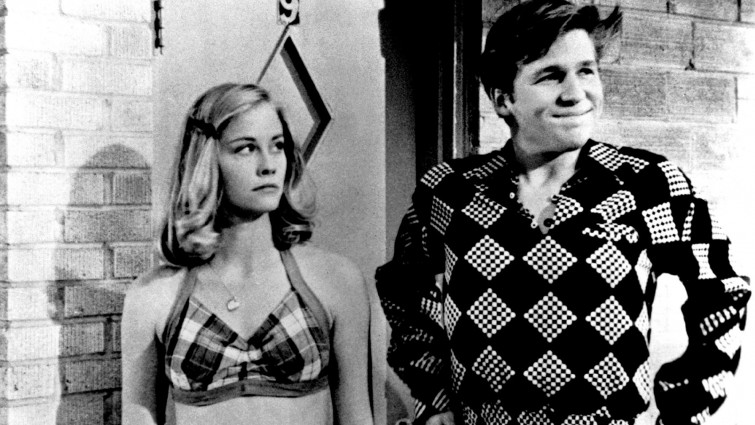

Member review

The Last Picture Show
This atmospheric look at life and the messy nature of being friends in a small, dusty Texas town at the start of the 1950s is a 70s classic.
Certificate
Duration118 mins
Review by
- Silva, 19
- 48 reviews
Review by Silva, 19
Anarene, Texas, 1951. Nothing much has changed... except for a loss of innocence. I always felt that there was an inherently magical quality to modern cinemas use of black and white cinematography; partly because it is aesthetically appealing to see the stack contrast between shadow and light and also black and white films fill you with nostalgia and propel you back to the golden age of cinema. But for me the main reason behind my adoration for them is the innate yet surprising ability for black and white to make emotional undertones in characters and situations all the more vivid; look at Schindler's List and the merciless, dehumanising quality of war, Raging bull and one man’s bitter decent from grace into first mediocrity and then oblivion and Nebraska and the battle between disillusionment and desire. You feel that director Peter Bogdanovitch’s Last Picture Show is just another of the long line of stories heightened by a limited colour palate; the black and white cinematography encapsulates the desolation of a humdrum, dead end town where the closet thing you get to out of town visitors is tumble weeds being blown in. Sometime you feel that Anarene, Texas acts like a black hole that no one can ever truly escape except either by going to war or in a body bag; which certainly makes the town the last possible places you would expect as the background to a coming of age film. The Last Picture Show centres on the tales of amalgamation of three young teens trying to find a sense of purpose in life in between visits to their school, a café, a pool hall and a dilapidated picture house, that you feel serves as their solitary window to the real world. Sonny (Timothy Bottoms) tries to find his purpose in an affair with his gym teacher’s wife (Cloris Leachman), Jacy (Cybill Shepherd ) does so by trying to lose her virginity and inadvertently becomes more like her mother along the way and Duane (Jeff Bridges) after being betrayed decides to leave and fight in the war in Korea. Technically I felt the film was very assured, the sound track which consisted predominantly of western and smooth blues ballads, captured the easy going simplicity of the time perfectly; however I also found the heightened sound of the wind effectively acted like foreshadowing and warning of the big changes that were soon to come. I enjoyed the performances of Cloris which was delivered with more conviction and ferocity than all three main characters combined, because Cybill’s acting was lacklustre and very forgettable and only thing Timothy seemed to do was just stare into the distances whilst brooding like his name was Robert Patterson. Watching the Last Picture Show you get the impression that a great change is about to occur; because Anarene is merely a secluded microcosm of America approaching the end of an era; filled with nuclear familiars, strong Christian beliefs and patriarchy, eventually leading on to a loss of innocents. Just like when the main characters were losing the innocents of youth as they embark into adulthood, just like Jacy losing her virginal innocence, Sonny losing is innocence by losing his best friends and Duane losing his innocence by going to war. You also felt you were seeing America as a whole on the brink of losing its innocents to Rock n Roll music of the 50’s, sex and drugs of the 60s and war in the 70s.